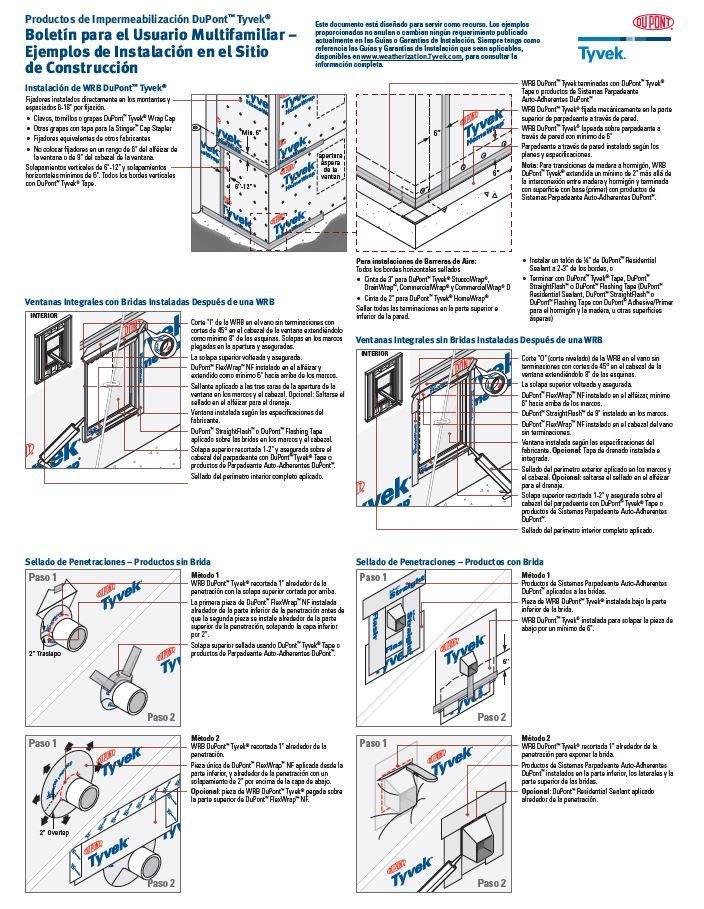
BUILDING ENVELOPE SYSTEMS FREE
Our membrane building envelopes are low maintenance, can be designed to allow filtered daylight, and are sustainable.Ĭontact us to get more information about our building envelopes or to get a free consultation with the most experienced designers and engineers in the tensile membrane structure industry. ETFE is employed either in a single layer membrane or as a pressurized multi-layer cushion.Īt just a fraction of the weight of glass, the advanced ETFE, PTFE, and PVC membrane materials we craft our structures from require minimal structural support, which allows us to create amazing, fanciful tensile membrane structures previously unimagined. While we sometimes utilize PTFE and PVC materials for building envelopes, the most common material request we receive is for ETFE membranes. Our building envelope systems provide architects and developers with flexible solutions ranging from discrete building components like membrane roofs and facades integrated into conventional construction to complete membrane building envelopes.

Having a properly functioning building envelope will benefit you for the life of the home.Enclos Tensile Structures specializes in the design, engineering, and installation of innovative membrane building envelopes. The energy rater can perform tests on your home and give you a better starting point to which components need to be addressed. The first step before adventuring into any of these components of the building envelope is to contact an energy rater in your area.

However, if there is air infiltration, insects, transfer of temperature, or water intrusion the wall system may need to be addressed sooner rather than later. Wall systems have a very long life expectancy. Wall systems include brick, wood, siding or concrete and the materials that connect these materials. Technology has advanced over the years to correct ventilation and moisture issues if it is present. The exterior should be checked to make sure it is performing to the standards of ventilation originally intended for the home. The exterior wall and fascia are often not insulated. This component is often overlooked, but can have a massive impact on a homes efficiency.
BUILDING ENVELOPE SYSTEMS UPGRADE
The upgrade helps seal what suffers the most wear and tear.
BUILDING ENVELOPE SYSTEMS UPDATE
While windows and doors are the most expensive item to upgrade the easiest way and least expensive update for this would be caulking and weather-stripping. However, when it pertains to the building envelope windows and doors are a critical component to the envelope and should be replaced if needed. I have mentioned in the past windows and doors are actually one of the highest cost ratio items to upgrade in a home for the return on investment and savings ratio. If you have an older home remember homes were designed in an era where energy was less expensive. Replacing one part of the system will increase your efficiency, but to a minimal degree if you do not address all parts of the system your efficiency will not be as high as it should be with all components operating efficiently. Unfortunately the building envelope is not just one component, but a variety of independent parts that make the system.

This is an attractive benefit to you and the resale value of the house to prospective buyers. This results in turn to reduce energy bills. The benefits of a good building envelope include reduced stress, wear and tear on mechanical systems. The reason for this is the building envelope can account for a substantial amount energy loss if not properly attended. If the building envelope is not in good shape all the updates to other systems will not matter. In the past articles we have discussed or you are aware of energy efficient bulbs, energy efficient appliances, and updated mechanical systems such as heating and cooling systems. It includes doors, windows, roof, foundation, floor, siding and all the components such as structural masonry and insulation. Overall it is the entire exterior building system. It helps facilitate climate control and protect the indoor environment. A building envelope is commonly defined as the separation of the interior and exterior of a building.


 0 kommentar(er)
0 kommentar(er)
